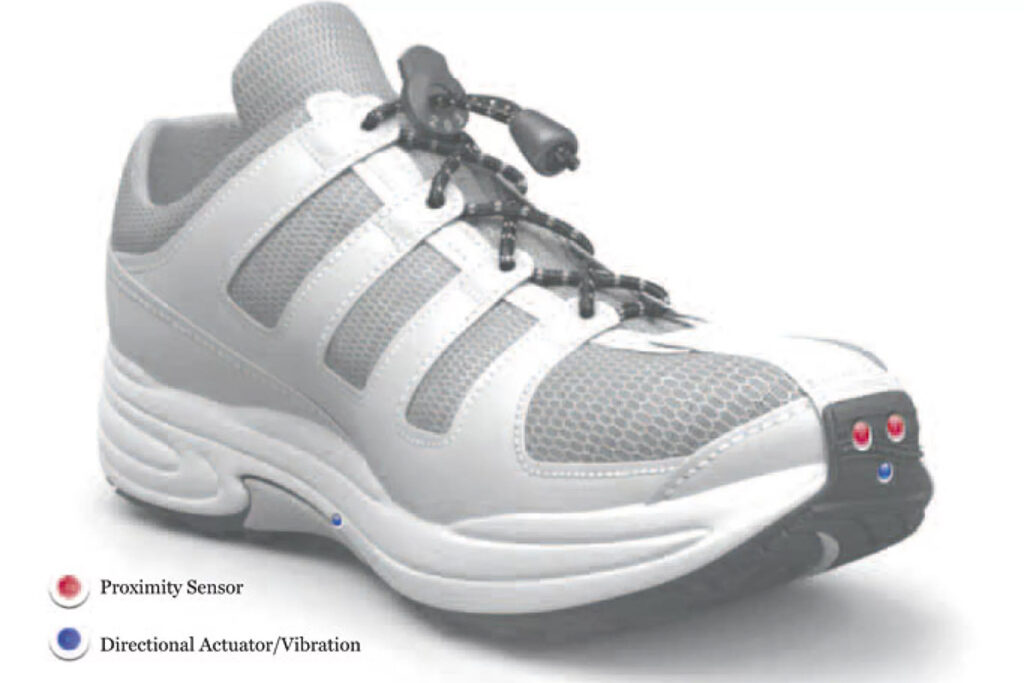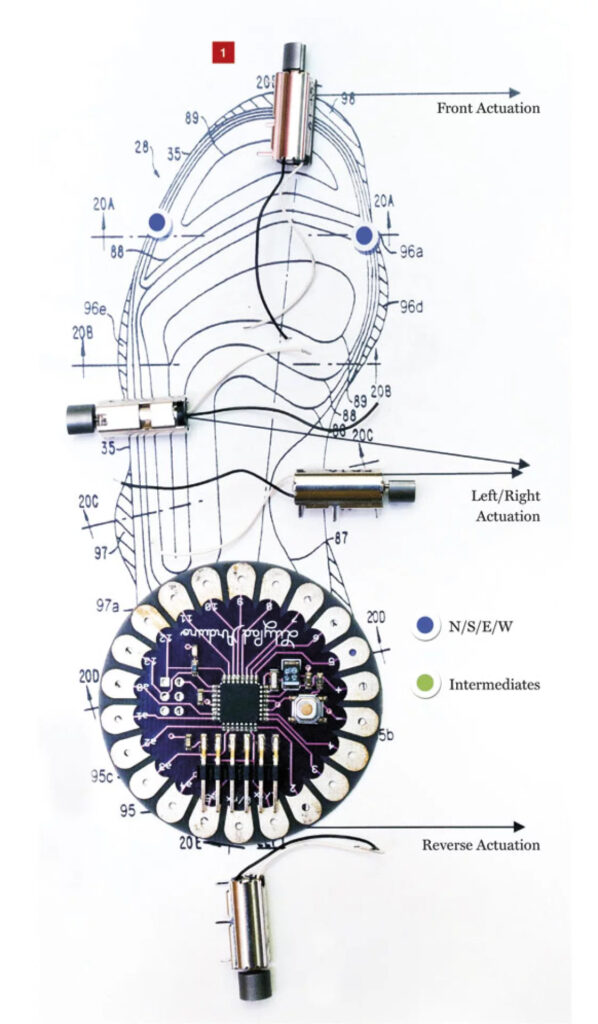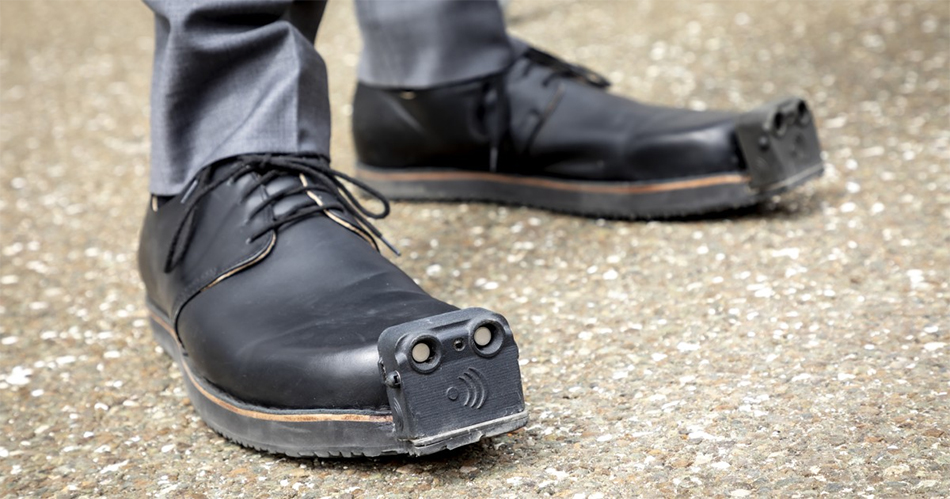Haptic Shoes for the Blind Get a New Boost in Functionality

Many blind people are benefitting from technology. Within a few years, scientists have created several experimental systems to help the blind navigate the streets. They have already developed systems that the blind can mount on their wrists, wear as a vest, or incorporated into glasses. Scientists have also developed a white cane fitted with an ultrasound system and one that uses laser technology.
New wearable for the blind
In 2011, a young man working as a researcher at Hewlett-Packard Labs in Bangalore, India, developed a navigational device. The researcher, Anirudh Sharma, developed a system for the blind that can be built into shoes.
He called the system Lechal, which means “take me there” in Hindi. The primary aim of the system is to assist users in finding their way to a predetermined geographic location. But the system can also help them avoid things on their way.

The basic idea is to integrate the system into the shoes of the user. It will provide haptic (tactile) feedback to guide the user to their destination. It uses vibrations in the front, back and both sides of the shoes. When the vibration comes from the front, it means the user must move forward. If the vibration comes from the right side, it means the blind or the visually impaired should turn right.
The system works with an app a user installs on an Android phone, Google maps, and Bluetooth. The phone communicates with the LilyPad Arduino circuit board installed at the heel of the shoe. The navigation combines Google Maps and the system’s own GPS unit. The phone app activates the shoe’s vibrators as needed, starting low. The intensity of the vibration increases as the user nears their destination.
There is also a proximity sensor in front of the shoe, so the user can receive alerts if there are obstacles along their path. The sensor can detect obstacles from three meters or ten feet away.
Lechal shoes are available commercially. The product has evolved and even people who can see can use the shoes.

Advanced development
Taking a cue from the Lechal shoes, an Austrian startup, Tec-Innovation, developed the InnoMake shoes. The shoes use ultrasound sensors to warn the blind and the visually impaired about obstacles along their path.
The shoes feature toe-mounted proximity sensing modules. These items emit ultrasound pulses then receive the echoes of those pulses from the objects found on the path. Its system is like the echolocation process of bats, porpoises, certain species of whales, and dolphins.
InnoMake shoes can detect obstacles from 13 feet or 4 meters away from the user, farther than the distance scanned by Lechal. The user receives a warning through haptic feedback, making the show emit a buzzing sound and an alert on the smartphone linked to the shoes via Bluetooth. The user can set the LEDs on the sensor to flash when there is an obstacle.
The company is taking things further and is currently developing cameras to create “seeing-eye shoes.” They will add the onboard cameras to the toe-mounted sensors.
With the camera, which is being developed by Tec-Innovation and Graz University of Technology in Austria, the removable sensor module can analyze the input by deep learning algorithms.
The video will complement the ultrasound system. When the system detects an obstacle, the video will determine if the user can step over the obstacle like a rock, avoid running into it, like a wall, or avoid stepping into the obstacle, like a pothole. The sensor will emit distinct sounds to warn the user.
The developers are planning to share the data via the internet so they can create obstacle maps of different cities. With the new system, the blind will have enough warning they can receive in advance when there are obstacles in their path.
The shoes are just some of the new wearables developed to aid the blind and visually impaired. With artificial eyes, laser-equipped canes and other wearables, the blind have more options to enjoy life from another perspective.